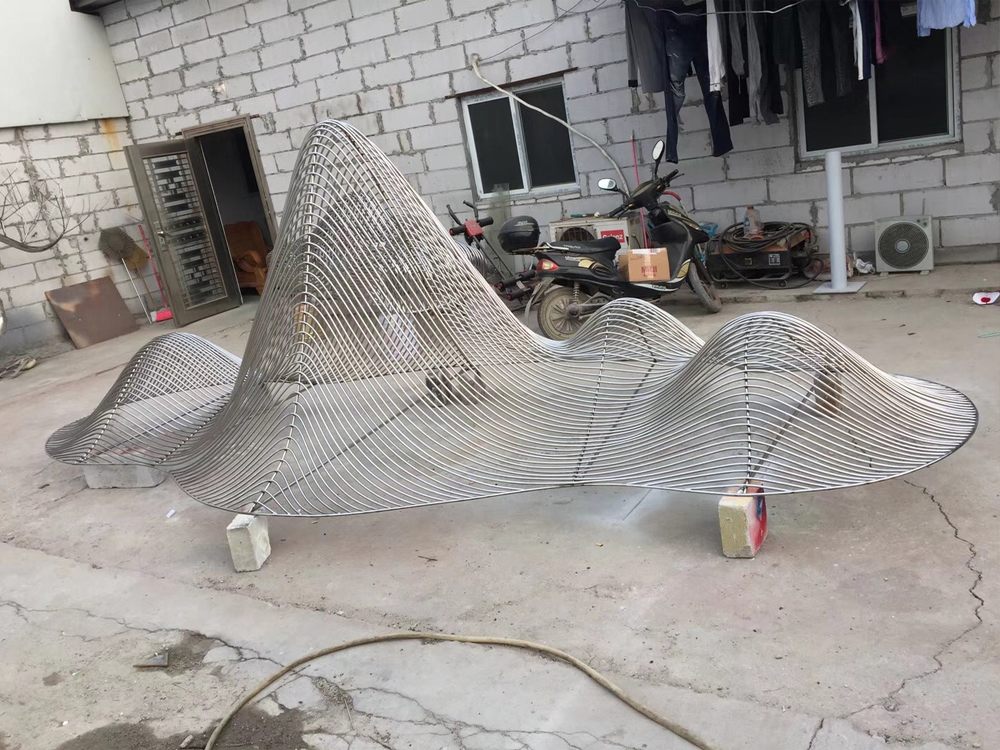
Artists have long used metal sculptures as a medium to immortalize historical events, transforming cold, rigid materials into evocative narratives. By carefully selecting symbolic imagery, textures, and forms, they capture the essence of pivotal moments in time.
One common technique involves incorporating artifacts or fragments from the historical period itself. For instance, some sculptors weld together reclaimed metal from war machinery to create memorial pieces, allowing the material to speak its own history. Others etch intricate scenes or quotes directly onto metal surfaces, creating layered storytelling.
The choice of metal also carries significance. Weathered iron might represent endurance through hardship, while polished bronze could symbolize triumph. Many artists intentionally leave portions of their work unfinished or corroded to mirror the passage of time and the imperfect nature of historical memory.
Contemporary metal sculptors frequently combine traditional blacksmithing techniques with modern technology like laser cutting to juxtapose historical themes with present-day perspectives. This fusion creates dynamic pieces that invite viewers to reflect on how past events continue to shape our world today.
Through these methods, metal sculptures become more than decorative objects - they serve as three-dimensional history books, preserving collective memory in a form that withstands time as stubbornly as the metal itself.

